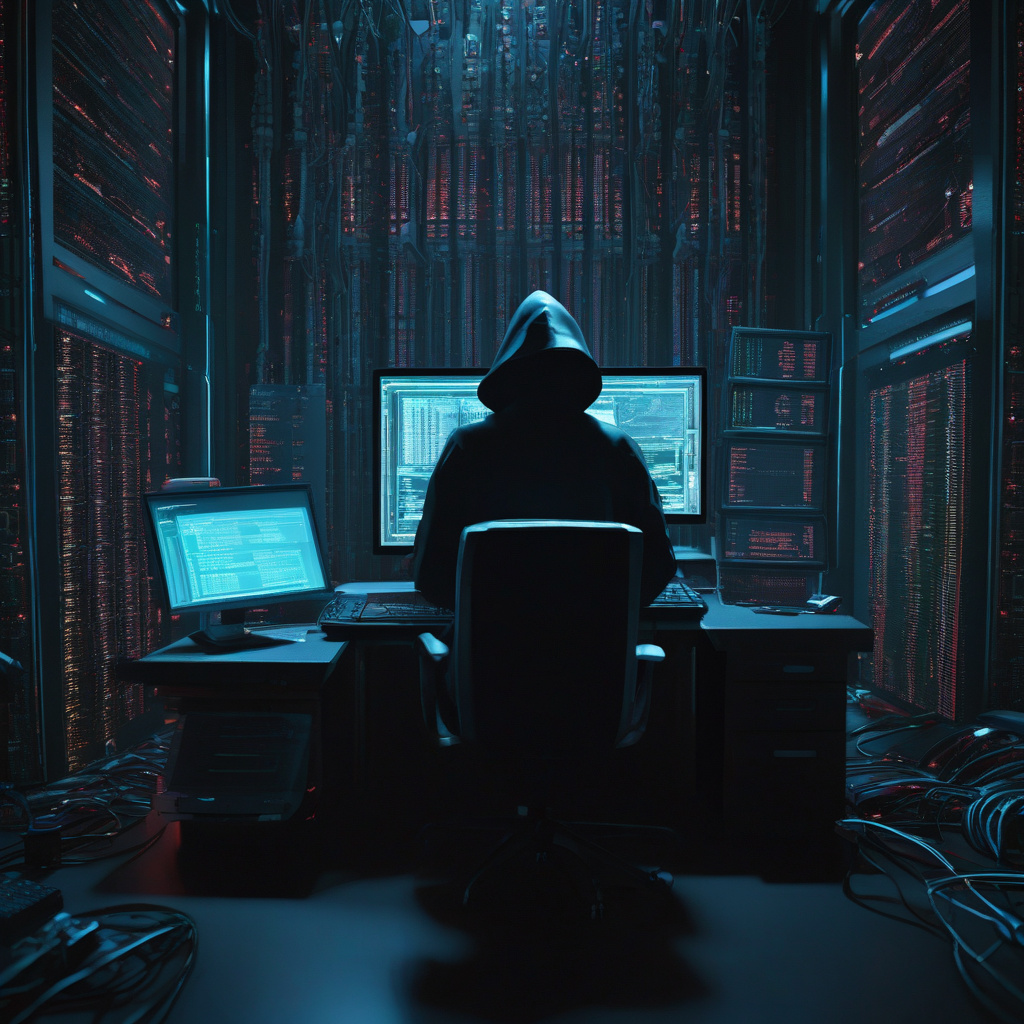In a concerning development, security researchers have uncovered a troubling trend in the realm of cybersecurity. Multiple threat groups, including the notorious Charming Kitten APT offshoot known as Subtle Snail, have been using certificates from SSL.com, a Houston-based company, to sign malware. This revelation sheds light on the sophisticated tactics employed by state-sponsored hackers to evade detection and infiltrate systems undetected.
The use of legitimate code-signing certificates to sign malware is a particularly insidious strategy, as it allows malicious software to bypass security measures that would typically flag unsigned or self-signed files as potentially harmful. By leveraging certificates from reputable sources like SSL.com, threat actors can add a veneer of legitimacy to their malicious payloads, making it more challenging for antivirus programs and security protocols to identify and block them.
This tactic is especially concerning because it erodes the trust that users place in digital certificates as a means of verifying the authenticity and integrity of software. When certificates issued by well-known companies like SSL.com are used to sign malware, it undermines the entire concept of digital trust and raises questions about the efficacy of current security measures in the face of increasingly sophisticated cyber threats.
One of the threat groups identified in this latest research is Subtle Snail, an offshoot of the Charming Kitten APT, which is believed to have ties to the Iranian government. Charming Kitten has a history of targeting government agencies, academic institutions, and media organizations, using a variety of tactics to compromise systems and exfiltrate sensitive information. By using SSL.com certificates to sign their malware, Subtle Snail has demonstrated a high level of technical proficiency and a willingness to exploit trusted security mechanisms for nefarious purposes.
The implications of this discovery are far-reaching and should serve as a wake-up call to organizations and individuals alike. It highlights the need for enhanced vigilance and a proactive approach to cybersecurity that goes beyond relying on traditional indicators of trust. In an environment where threat actors are constantly evolving their tactics and techniques, staying one step ahead requires a combination of robust security measures, continuous monitoring, and a thorough understanding of the latest threats and vulnerabilities.
As security researchers continue to uncover the extent of this malicious activity, it is essential for companies like SSL.com to take steps to mitigate the misuse of their certificates by threat actors. This may involve implementing more stringent verification processes, enhancing monitoring capabilities, and collaborating with the security community to identify and respond to suspicious certificate usage.
At the same time, organizations and individuals must remain vigilant and exercise caution when downloading software or opening email attachments, even if they appear to be signed with a legitimate certificate. Verifying the source of a file and using additional security measures such as endpoint protection and network segmentation can help mitigate the risk of falling victim to malware signed with stolen or fraudulently obtained certificates.
In conclusion, the use of SSL.com certificates to sign malware by Iranian state hackers and other threat actors underscores the evolving nature of cybersecurity threats and the need for a proactive and multi-faceted defense strategy. By staying informed, implementing best practices, and remaining vigilant, organizations and individuals can better protect themselves against the growing sophistication of malicious actors in the digital landscape.

